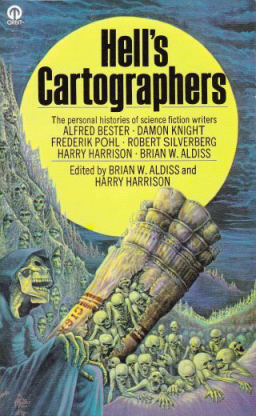What is the Practical Benefit of Science Fiction and Fantasy?
 [The transcript that follows is of a voice memo recorded on an iPhone during my commute to work.]
[The transcript that follows is of a voice memo recorded on an iPhone during my commute to work.]
So the local police cruisers in the town where I live recently got a new paint job to make them look like Transformers.
Well, mostly they just look like police SUVs, but on the hood of two is the large silver decal of an Autobot; the third sports a red Decepticon logo. These are quite striking against the black paint.
The first time I saw the Decepticon Dodge Durango squad car, I did a double take just to confirm that it was an actual police vehicle and not some private party’s clever paint job. My first conjecture was that it was the vehicle they use in the D.A.R.E. program, the one they drive when they go to schools in the area, and that they must’ve calculated it would be more cool to the kids.
[Subsequent to my recording these thoughts, I did talk to one of the local police officers. He confirmed that it was done largely to get local youth talking, to help with public relations in providing a bridge to younger residents. He added that many of the people in town over forty have no idea what they are. That may be skewing the demographic for recognition a tad young — I just turned forty-one and I knew what that robot face was right away. The Transformers toys exploded in the early ‘80s, just at the tail end of my toy-playing days. I suspect some older people also recognize the logos either from having been parents of Transformers fanatics or from having seen the recent Hollywood films. This is a rural farm community, though, so I’ve no doubt that many older locals would have no clue what this robot face on the police cruisers is all about.]
One upshot of this is the possibility that in my town you can be pulled over and ticketed by an Autobot (or a Decepticon). Indeed, just prior to beginning this voice memo, I saw that black SUV with the big red Decepticon face coming toward me in the northbound lane and I eased down on the gas a little as I passed him. Not that I was really speeding; I had it on cruise, but I tend to set my cruise control at two-three miles over the speed limit.

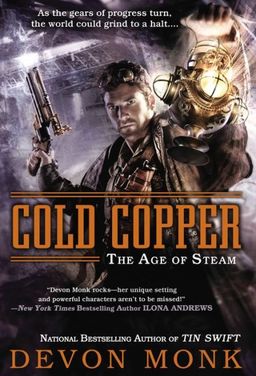

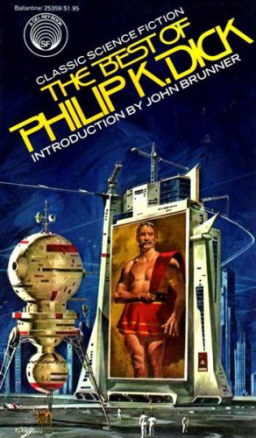
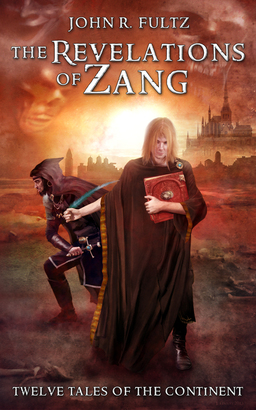
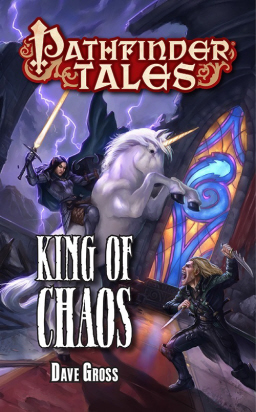
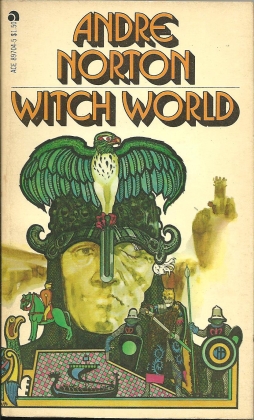 Somehow, when I was growing up, I missed Witch World. Some of the books in the series were always around, as I remember it, in my local libraries and bookstores, but I don’t think I ever read one — if only because I always try to read a series in order, and finding Witch World itself was not always easy. Somewhere along the line, though, I picked up a used copy, and set it aside to be read later. As it happens, there’s been a certain amount of talk about Andre Norton lately,
Somehow, when I was growing up, I missed Witch World. Some of the books in the series were always around, as I remember it, in my local libraries and bookstores, but I don’t think I ever read one — if only because I always try to read a series in order, and finding Witch World itself was not always easy. Somewhere along the line, though, I picked up a used copy, and set it aside to be read later. As it happens, there’s been a certain amount of talk about Andre Norton lately, 
